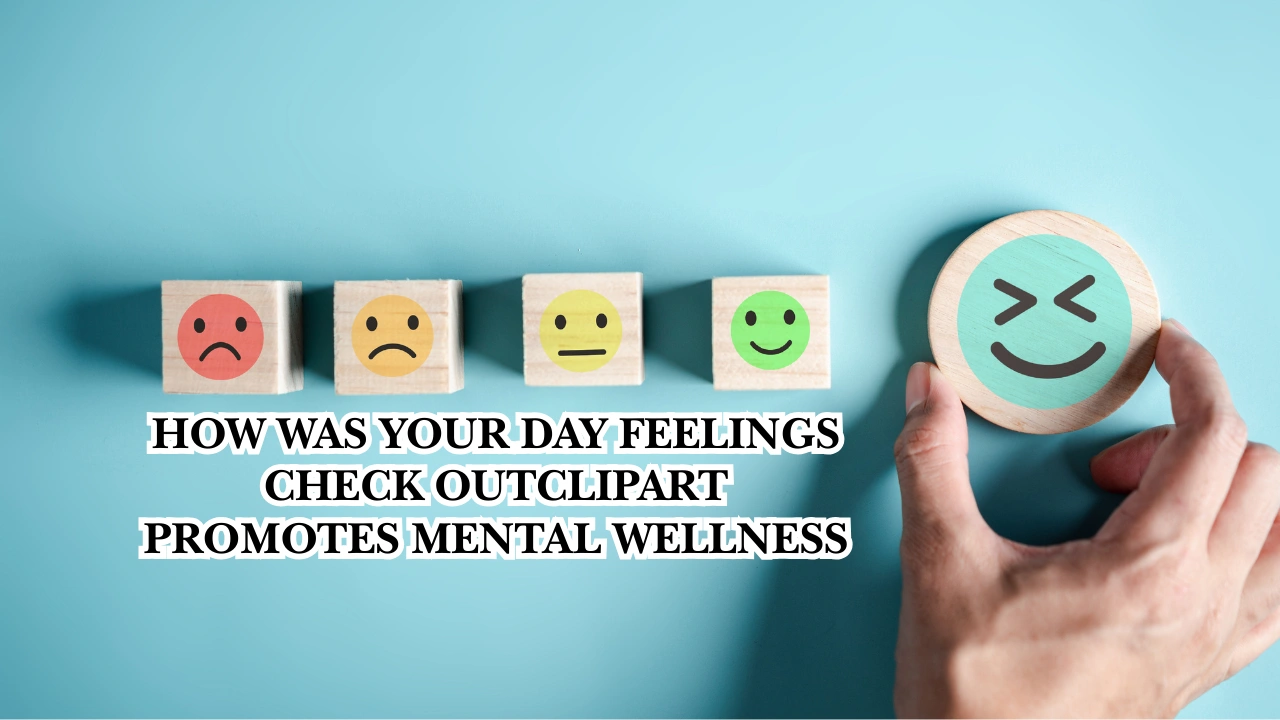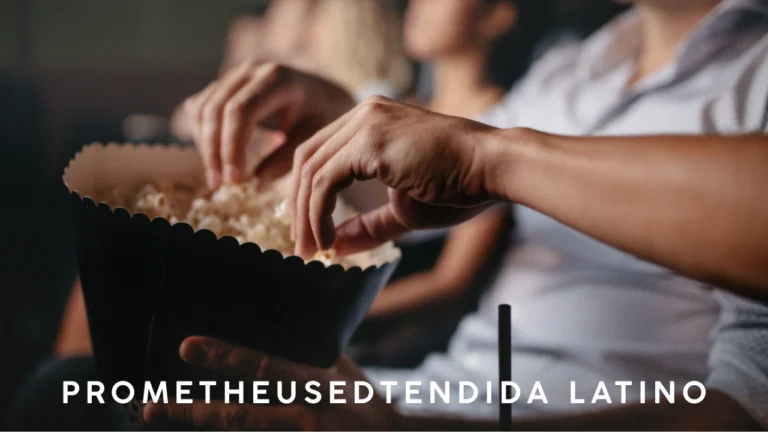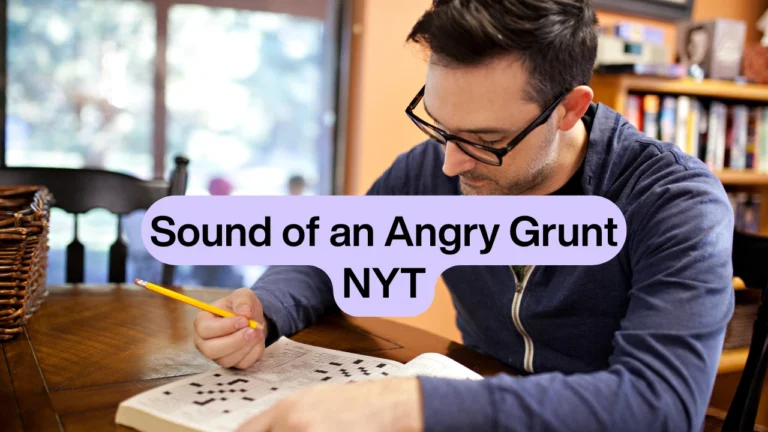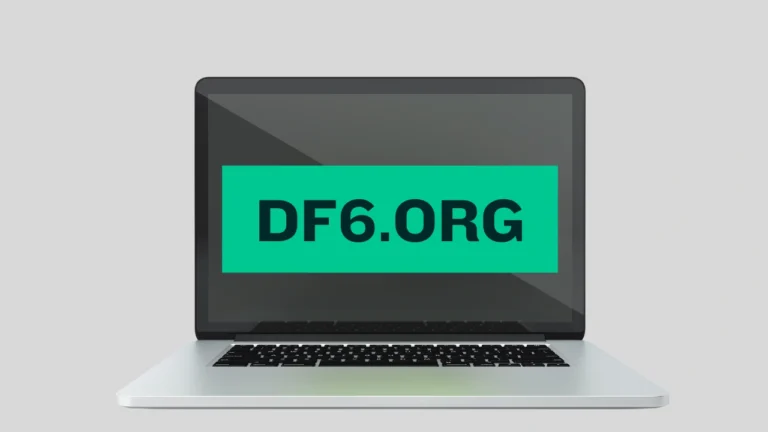How Was Your Day Feelings Check Outclipart: Track Emotions

Life can be a whirlwind, filled with moments that pass by so quickly we barely have time to pause and reflect. However, taking a moment to check in with your feelings each day can have a significant impact on your emotional well-being. Sometimes, it can be hard to put those feelings into words, and that’s where how was your day feelings check outclipart comes in. This tool provides a simple, visual way to navigate your emotions, making it easier to understand how you feel and express it to others.
What is How Was Your Day Feelings Check Outclipart?
How was your day feelings check outclipart is a tool that uses visual aids like emojis, smiley faces, or other clipart images to represent different emotions. This visual approach is especially helpful for those who may find it difficult to express their feelings in words. By choosing a clipart image that best matches your current mood, you can quickly identify and reflect on your emotions.
For example, instead of struggling to describe a mix of emotions at the end of a busy day, you can simply choose an image of a happy face if you had a positive day or a sad emoji if it was more difficult. This visual representation simplifies the process of emotional reflection and is a powerful tool for kids and adults alike. It’s also used in educational settings, therapy sessions, and even in workplaces to promote emotional health.
Why Is It Important to Check In with Your Feelings?
Checking in with your emotions is essential for maintaining mental wellness. Often, we are so busy handling day-to-day tasks that we forget to ask ourselves how we feel. Over time, this emotional neglect can lead to stress, anxiety, or even burnout. By pausing for a few minutes each day and reflecting on your feelings, you are not only increasing your self-awareness but also improving your emotional health.

When you use how was your day feelings check outclipart, you’re actively engaging with your emotions. This process helps you become more mindful of your mental state, whether you’re feeling stressed, happy, or confused. Acknowledging your feelings regularly can help build emotional resilience and lead to better decision-making in challenging situations.
How to Use How Was Your Day Feelings Check Outclipart
Incorporating how was your day feelings check outclipart into your daily routine is easy. Start by choosing a variety of clipart images that resonate with different emotions such as happiness, sadness, frustration, or calmness. You can print these out or use them in digital format on your phone, tablet, or computer.
At different points in the day, like in the morning, midday, or before bed, take a moment to reflect on how you’re feeling. Choose the clipart image that best represents your mood at that time and think about what might have contributed to those emotions. By doing this consistently, you’ll begin to see patterns in your emotional responses, allowing you to better manage stress and make necessary adjustments in your life.
For example, using how was your day feelings check outclipart in the morning can help you approach your day with more self-awareness. If you choose a calm, relaxed image, it may set a positive tone for the rest of the day. On the other hand, if you choose a frustrated or angry face, you can take steps to address that emotion early on.
Encouraging Communication and Self-Reflection
One of the best features of how was your day feelings check outclipart is that it promotes communication. Whether you’re using it with children, family members, or even colleagues, this tool makes it easier to talk about feelings. Visual prompts can break the ice, allowing individuals to share their emotions more openly without the pressure of finding the right words.
For families, this could be a great tool for encouraging children to express themselves. Kids may not always have the vocabulary to explain how they’re feeling, but they can point to a happy, sad, or confused face to show their emotions. In the classroom or during therapy, how was your day feelings check outclipart can help foster conversations that lead to better emotional literacy.
Adults can also benefit from this tool. When you reflect on your emotions using clipart, it becomes easier to communicate these feelings with friends or family. This open dialogue strengthens relationships, building trust and empathy.
How Feelings Check Outclipart Promotes Mental Wellness
Incorporating how was your day feelings check outclipart into your daily routine has the potential to improve your overall mental wellness. By regularly acknowledging your emotions, you can become more in tune with your mental state. This practice helps prevent negative emotions from building up over time and offers a healthy outlet for managing stress.

For instance, if you consistently choose an image representing sadness or frustration, it may signal that you need to make changes in your routine or seek help. Tracking your emotions with clipart can reveal emotional patterns that may not be immediately obvious. These insights can lead to positive changes, whether that means seeking therapy, talking to a friend, or simply taking a day off to rest.
Moreover, how was your day feelings check outclipart encourages mindfulness. It forces you to pause and consider how you’re feeling at different times during the day. This mindfulness not only improves emotional regulation but also helps you stay present in the moment, which can lead to reduced stress and increased happiness.
Benefits of How Was Your Day Feelings Check Outclipart in Schools
Here’s a table on how How Was Your Day Feelings Check Outclipart benefits educational settings:
| Benefit | Explanation |
|---|---|
| Promotes Emotional Expression | Helps students express emotions visually, especially when they struggle to put feelings into words. |
| Encourages Emotional Awareness | Enables students to recognize and reflect on their emotions throughout the day, fostering emotional growth. |
| Supports Social-Emotional Learning | Aligns with SEL programs, helping students manage and understand their emotions in a structured way. |
| Creates a Safe Space | Fosters a classroom environment where students feel comfortable sharing their emotional states. |
| Enhances Communication | Improves peer and teacher-student communication by facilitating emotional discussions. |
This table highlights key ways the tool can enrich a classroom environment.
Conclusion
Using how was your day feelings check outclipart is a simple yet effective way to stay in tune with your emotions. By checking in with your feelings regularly, you increase your self-awareness, build emotional resilience, and improve communication with others. This visual tool makes it easy for people of all ages to express how they feel, leading to better emotional health and well-being.
Whether you incorporate it into your morning routine, use it as part of a classroom activity, or share it with family members, how was your day feelings check outclipart can be a game-changer for your mental wellness. Start today and discover how a small, visual check-in can make a big difference in your emotional health.
Frequently Asked Questions
How can I incorporate with this into my daily routine?
You can use it as part of your morning, midday, and evening reflections. Start the day by checking in with your feelings, use it during work breaks to gauge your emotional state, and end your day by reflecting on how you felt overall.
Can I use this in the workplace?
Yes, employers can integrate this tool into wellness programs to encourage emotional check-ins among employees. It fosters a healthier work environment by promoting emotional well-being and reducing stress.
Can this tool be customized?
Yes, you can customize this by selecting or creating images that resonate with your emotional experience. You can also personalize it to suit specific groups, like children, teens, or employees, based on their emotional needs.
Is it effective for group settings?
Yes, This works well in group settings, such as family gatherings, classroom environments, or team-building activities. It encourages emotional sharing, promotes empathy, and enhances group communication by providing a simple, non-verbal way for participants to express their emotions.






